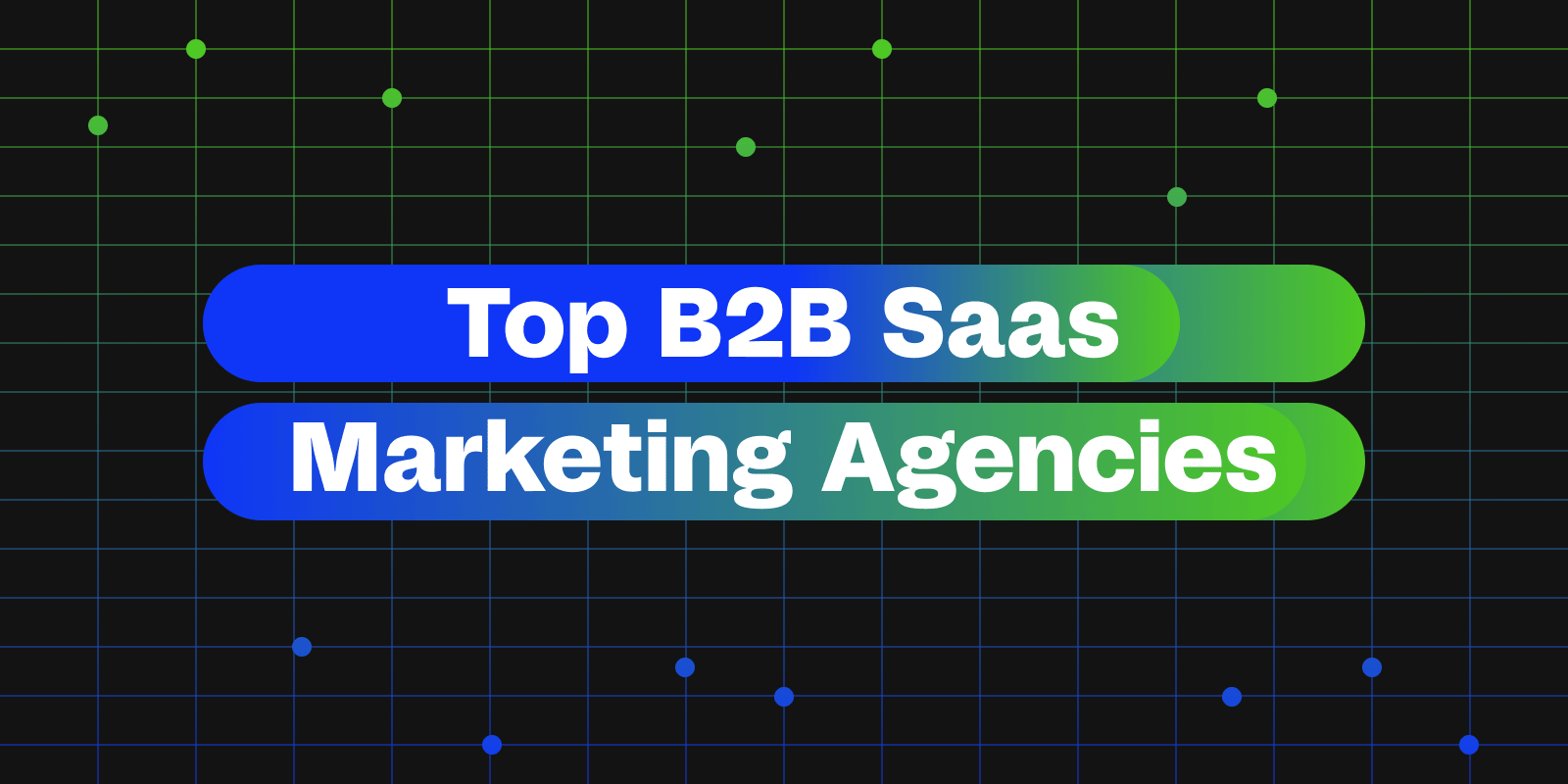As you know, we’ve been relying on third-party cookies for a while now to collect data from websites, apps, and services. This has allowed us to target and measure audience interaction with our brands. But with recent changes in data collection methods and privacy laws, we’re being forced to move away from third-party data and focus on our own first-party data to inform our overall marketing strategy.
Some of these recent changes include:
- Changes in privacy laws (GDPR and/or CCPA for example) have made it harder to use third party data for marketing purposes.
- The decline of third party cookies and the push to phase them out had led to a shift towards first party data. This is also highlighting the value first party data always had.
- Consumers are increasingly concerned about data privacy, which has led to a greater demand for transparency and control over data collection and usage.
- Changes in digital advertising, like the rise of ad-blockers, have made it more difficult to target users with personalized ads. This forces marketers to rely more on first party data.
What is first-party data and why is it important?
Data that we directly obtain from our clients, leads, and users is referred to as first-party data. It can be gathered through a variety of means, including websites, apps, social media, surveys, and more. It can be online or offline data. The number of unique visitors to our website, users’ locations, audience demographics, purchase histories, and user interests are a few examples of first-party data. Due to the fact that it poses the fewest privacy risks, this data is the most valuable for businesses.
There are multiple ways marketers can employ in order to collect first party data. Some examples are:
- Website forms: marketers can use forms to gather data from visitors, including names, email addresses, and other contact information.
- Surveys: surveys can be used by marketers to get more specific details about the preferences, wants, and habits of their target audience. Online surveys, email surveys, and other methods of distribution are also available.
- Online and offline transactions: marketers can get information on past purchases, payments, and other factors from both online and offline transactions.
- Customer relationship management (CRM) systems: CRM systems can be used by marketers to store and analyze customer data, such as contact information, past purchases, and other pertinent factors.
- Email marketing: From email marketing campaigns, marketers can gather information about open rates, click-through rates, and other engagement metrics. For example, you could gain insights by learning that a specific product image is clicked on most in an email campaign.
- Mobile apps: marketers can gather information about usage trends, preferences, and other things.
- Customer service interactions: customer service engagements, including calls, emails, and live chats, can provide marketers with rich data. This might shed light on the demands and preferences of customers.
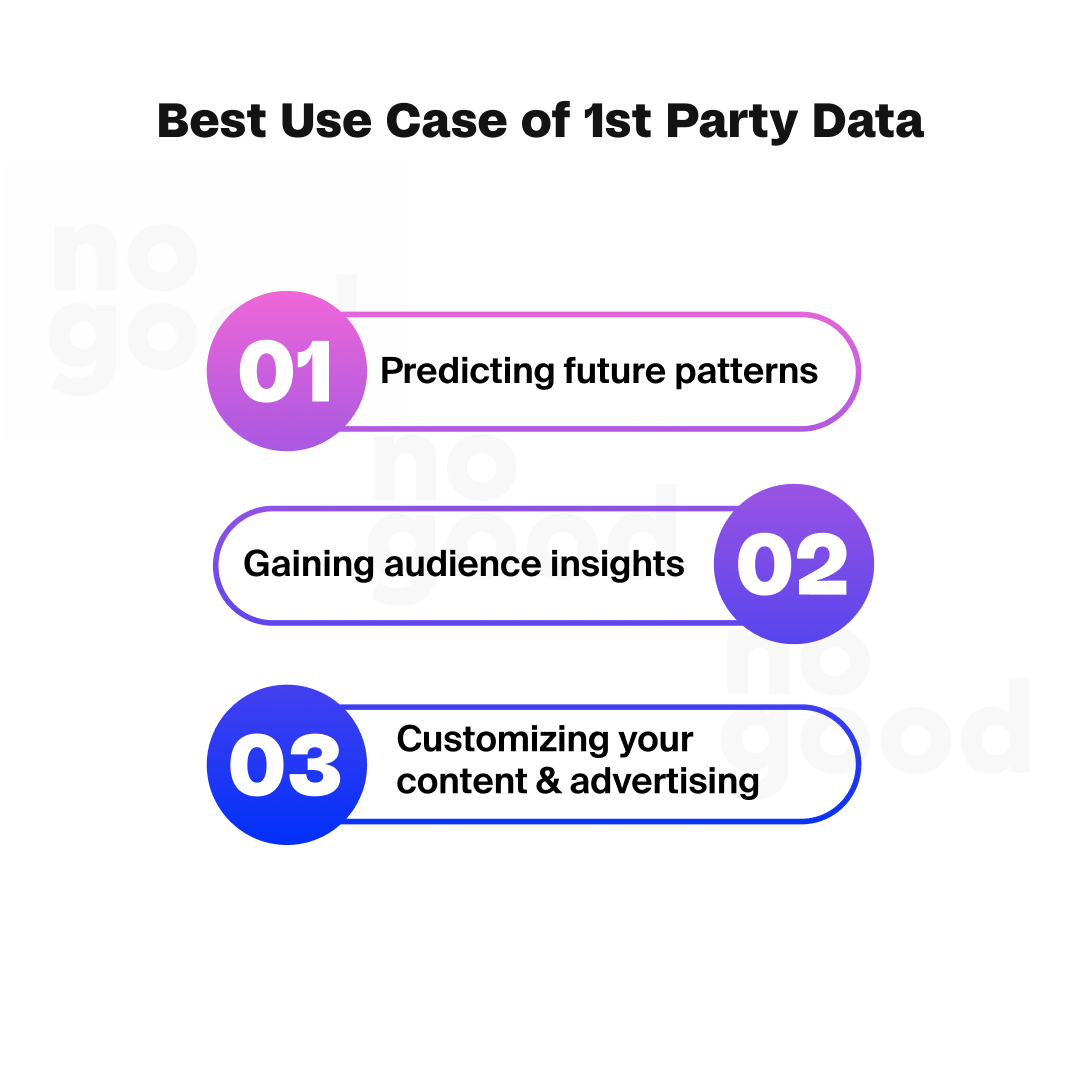
First-party data is becoming more prevalent, which may worry some less seasoned marketers, but is a good thing for those of us who recognize its value. We can better understand our audience and shape our strategies for maximum impact by concentrating on first-party data. Let’s embrace this change and utilize first-party data to its full potential!
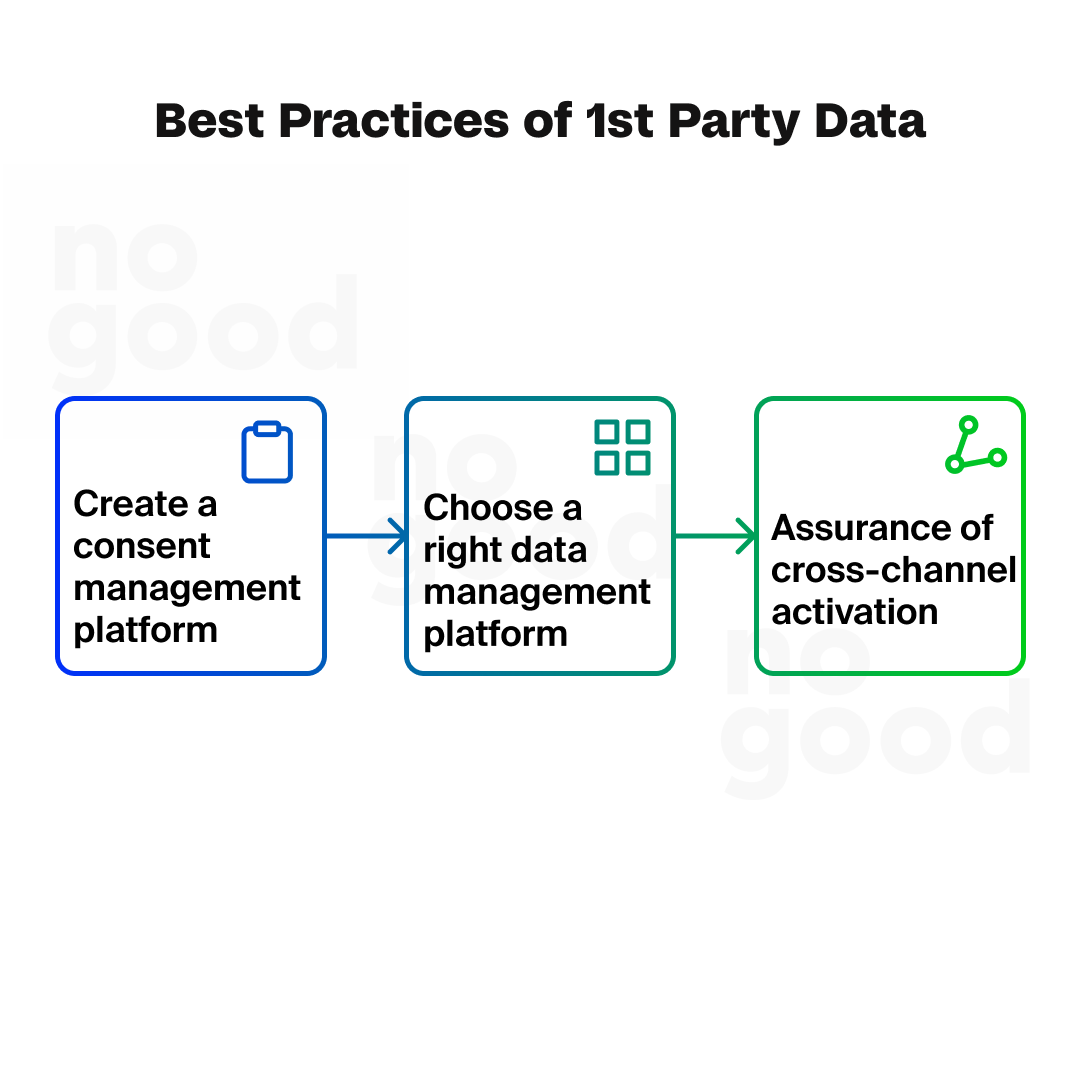
You may have heard the term “zero-party data” floating around lately and you might be wondering what it is and how it differs from first-party data. First-party data, on one hand hand, is information that we obtain directly from our clients, prospects, and users. The information that our clients and prospects voluntarily share with us, on the other hand, such as their preferences, intentions, and behaviors, is known as zero-party data. First-party data is valuable because it poses few privacy risks, whereas zero-party data is valuable because it can give us insight into what customers want and need. In other words, first-party data refers to information we gather directly from customers, whereas zero-party data refers to information they share with us. Got it? Great!
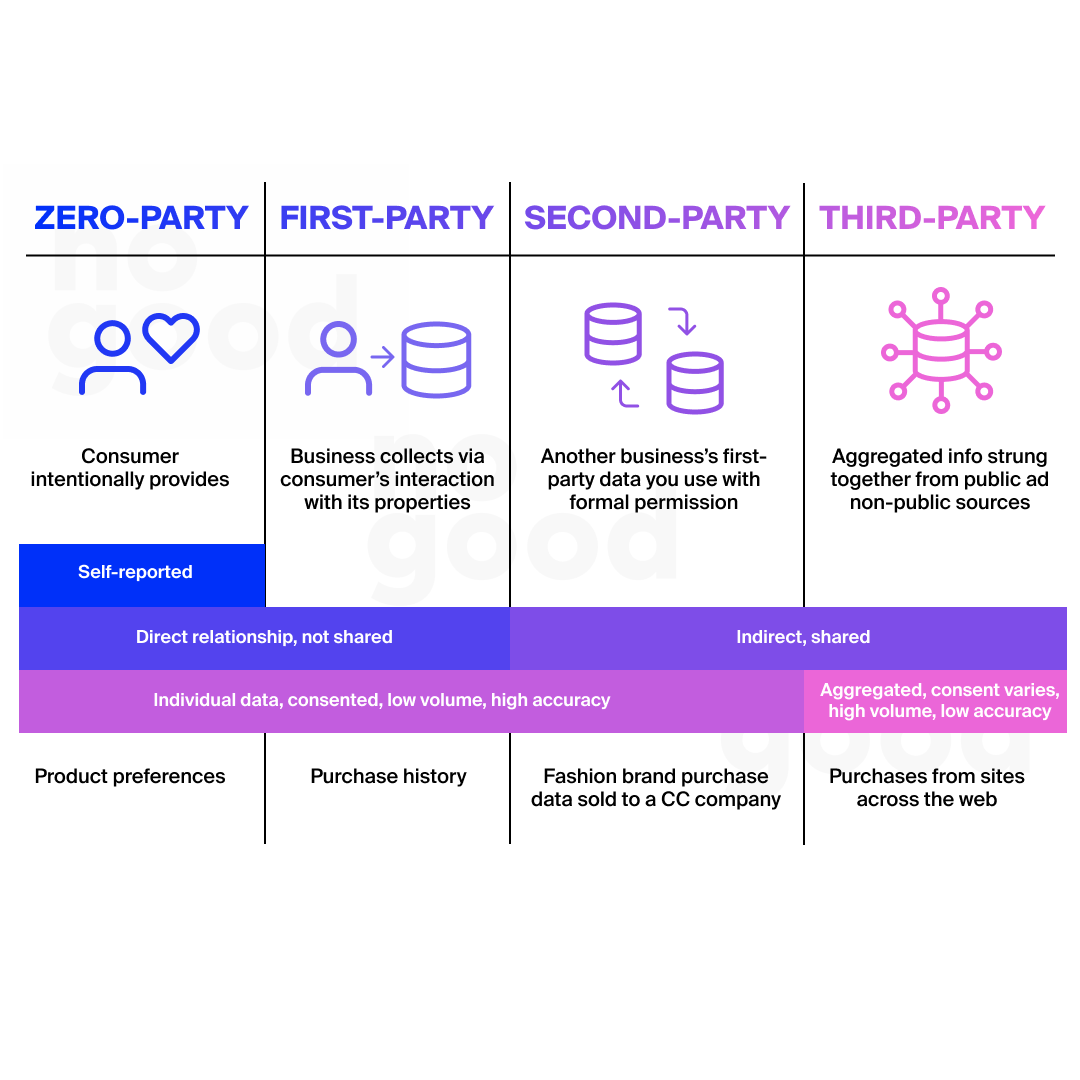
Here are some tools you can start using to collect first-party data and level up your game!
HubSpot Forms
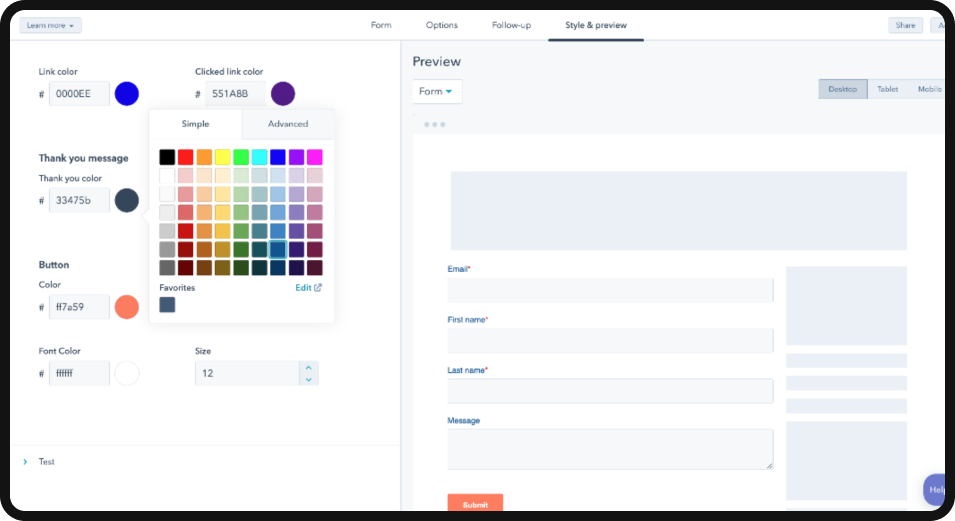
HubSpot Forms is a tool designed for marketers that offers a range of customizable templates and integrations with the HubSpot CRM. One of the major pros of using HubSpot Forms is its integration with other HubSpot tools, which allows users to seamlessly incorporate their lead capture forms into their broader marketing strategy. The tool also offers the ability to track and analyze form submissions, giving users valuable insights into the performance of their forms. However, there are also some potential cons to using HubSpot Forms, such as its limited design options and the potential for a steep learning curve for new users. Overall, HubSpot Forms is a useful tool for marketers looking to integrate their lead capture efforts with their broader marketing strategy.
Formstack
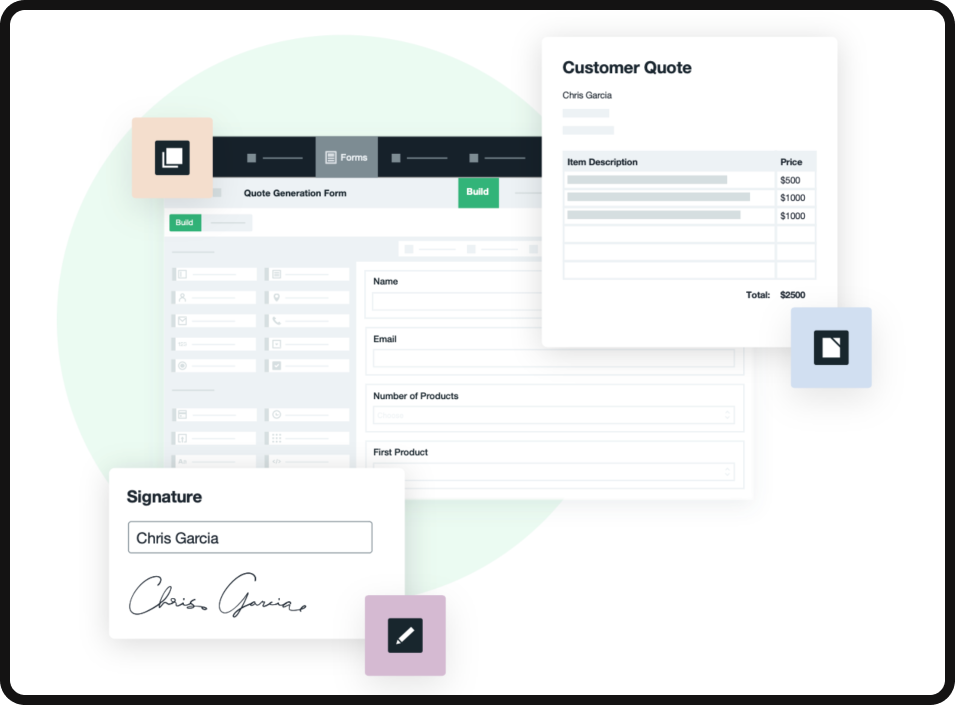
Formstack is a useful tool for marketers looking to create customizable lead capture forms. The tool offers a range of advanced customization options, allowing users to create forms that fit their brand and target audience. It also offers a wide range of integrations with third-party tools, such as email marketing platforms and CRM systems. However, it may not be suitable for users with large volumes of form submissions, as its pricing can be steep for high volume users. Additionally, it lacks built-in analytics features, which may be frustrating for users who want to track and analyze their form submissions.
ConvertKit
ConvertKit is a powerful tool for capturing and managing leads. It offers a range of user-friendly templates and design options, making it easy for users to create professional-looking lead capture forms without any coding or design knowledge. Another key feature of ConvertKit is its ability to automatically segment leads based on their responses and interests. This allows users to target specific groups of leads with relevant content, improving their chances of converting them into customers. However, there are some potential drawbacks to using ConvertKit, including its cost and limited integrations with other marketing tools.
Gravity Forms
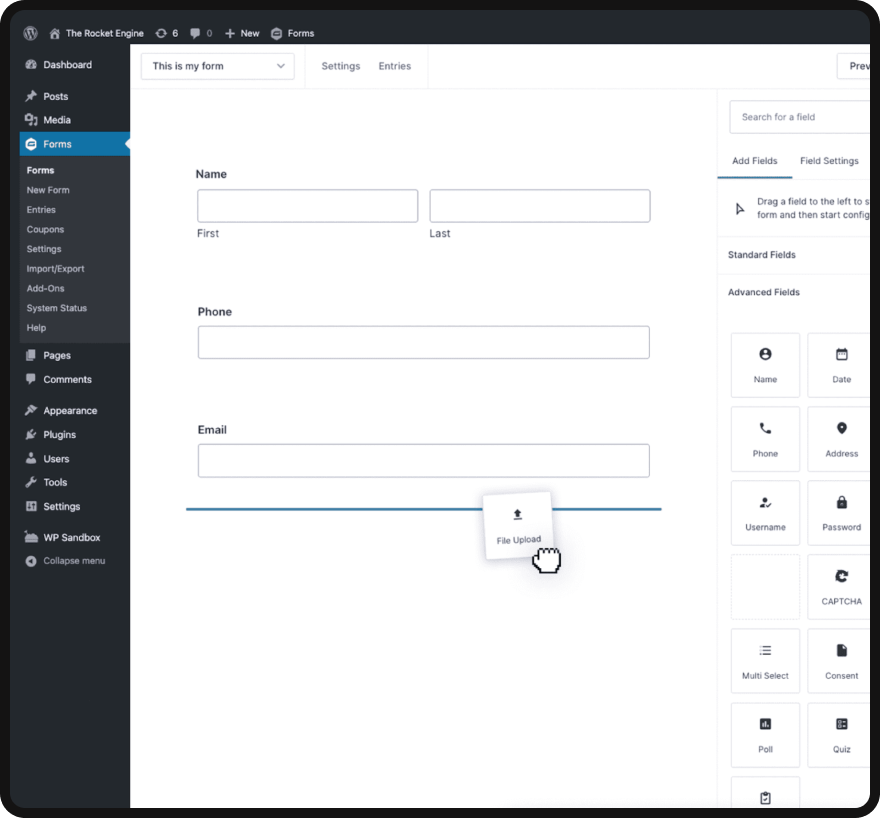
Gravity Forms is a tool that allows marketers to create customizable lead capture forms and integrate them with email marketing platforms. The tool offers a range of options for customizing forms, including the ability to add conditional logic and integrate with popular email marketing tools. This enables marketers to create forms that are tailored to their audience and brand, and to easily add their leads to their email lists for targeted campaigns.
LeadSquared
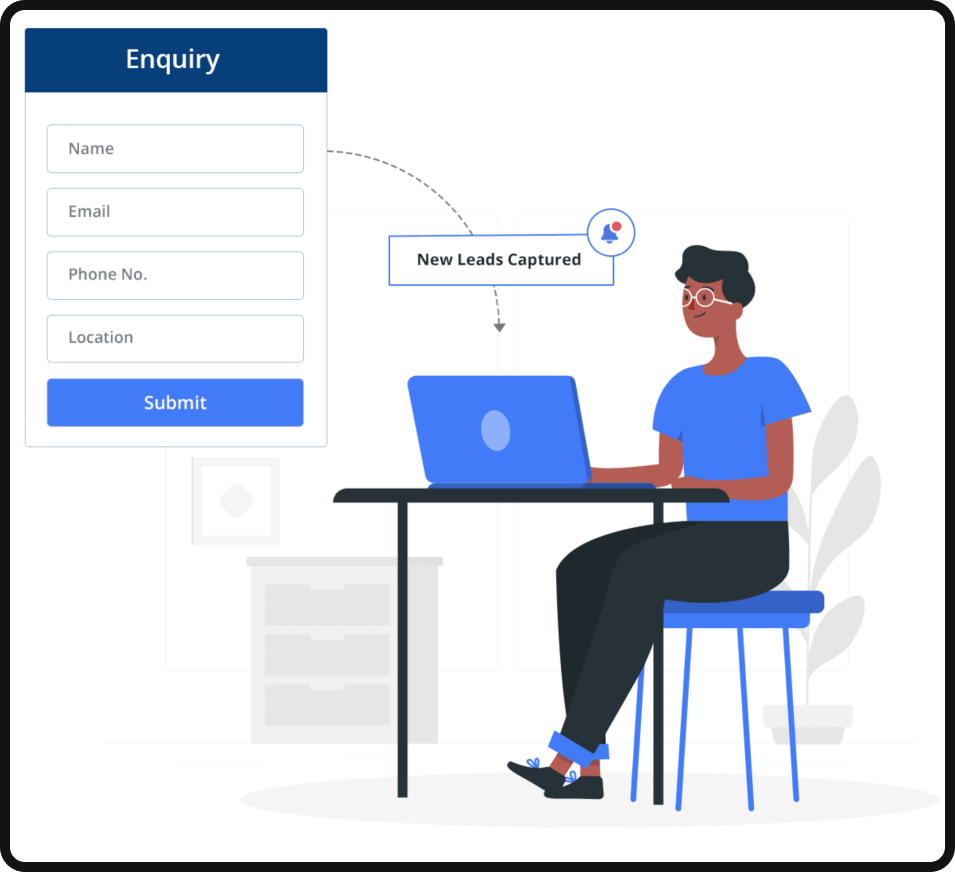
LeadSquared is a tool that offers a range of features for capturing and managing leads. It allows users to create customizable forms and track lead activity, providing valuable insights into their audience. The tool also offers comprehensive lead management capabilities, such as the ability to segment and nurture leads based on their interests and behavior. Additionally, LeadSquared integrates with popular CRM tools, allowing users to easily manage and track their leads
If you are looking for something simpler and maybe just need to trigger pop ups to collect first party data, then these tools should help you get there!
OptinMonster
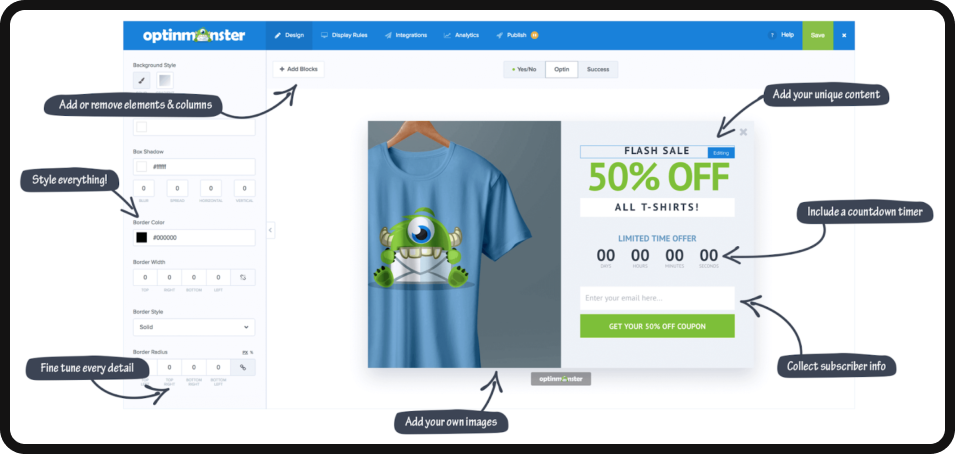
This tool allows users to create customizable pop-up forms and display them on their website or app. It offers a range of templates and design options, as well as the ability to trigger pop-ups based on specific user behaviors, such as when they are about to leave the site.
SumoMe
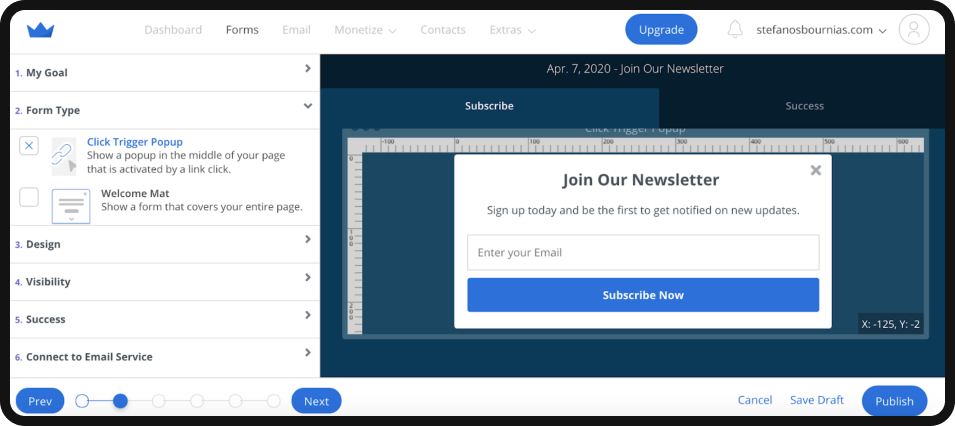
This tool offers a range of tools for capturing and converting leads, including customizable pop-up forms. It allows users to target specific groups of visitors with personalized offers and messages, and track their performance.
Icegram
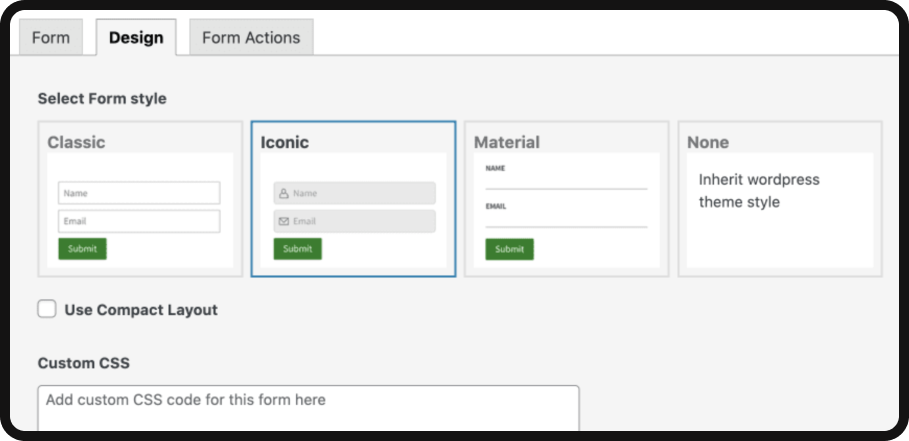
This tool allows users to create and display a range of pop-up forms on their website or app, including exit-intent pop-ups, timed pop-ups, and scroll-triggered pop-ups. It offers a range of templates and design options, as well as the ability to A/B test different forms to optimize their performance.
Privy
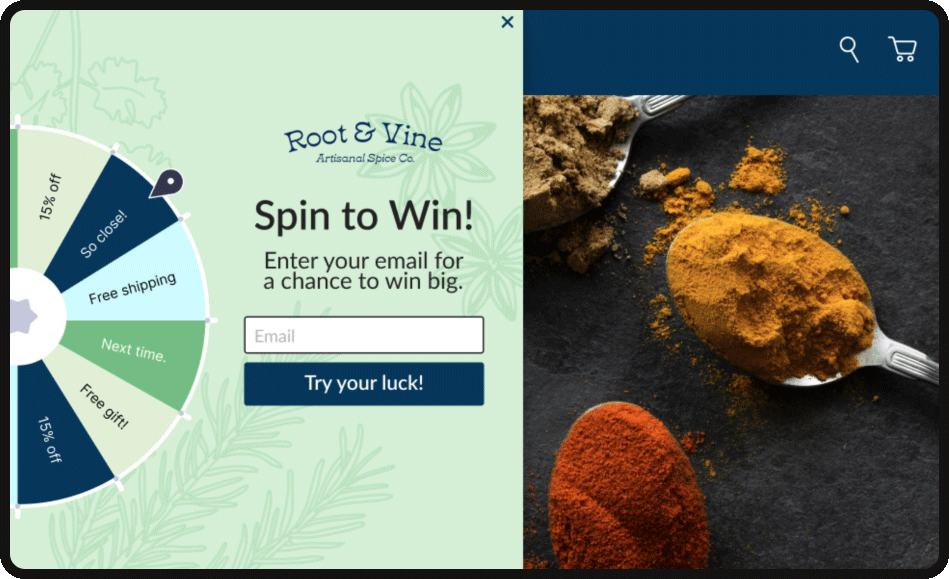
This tool offers a range of tools for capturing and converting leads, including customizable pop-up forms. It allows users to segment their leads and target them with personalized offers and messages, and track their performance.
ConvertFlow
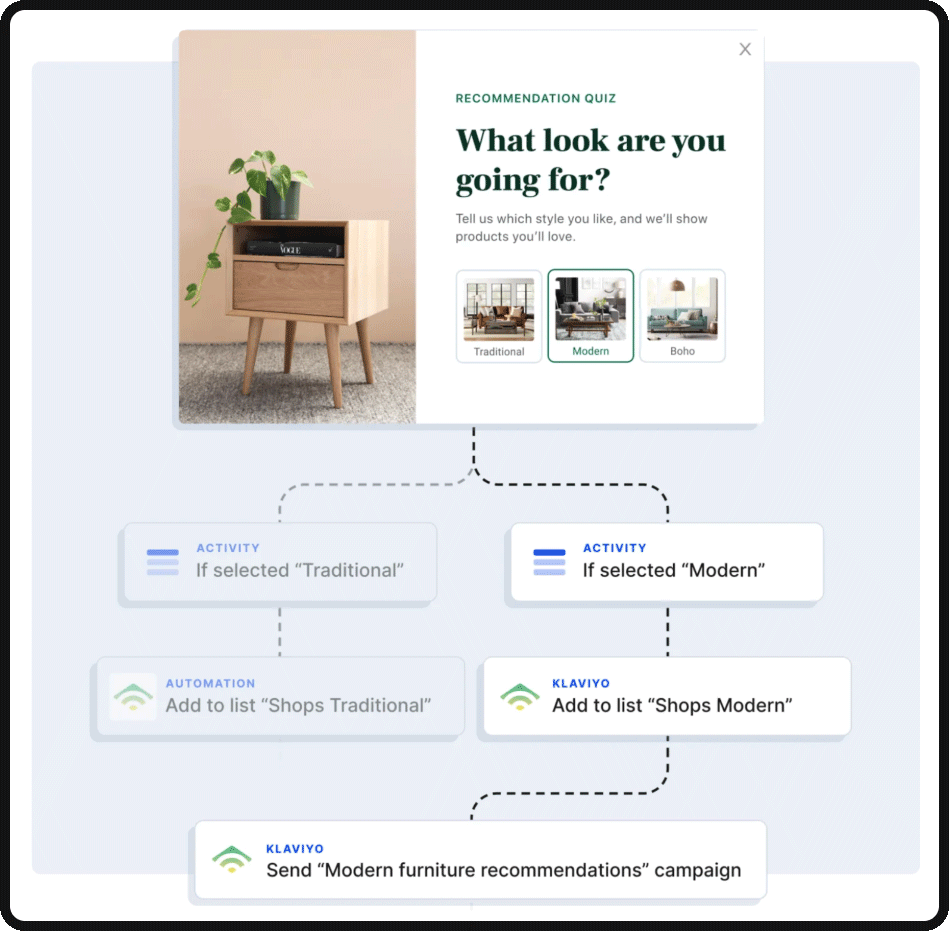
This tool allows users to create and display customizable pop-up forms on their website or app. It offers a range of templates and design options, as well as the ability to trigger pop-ups based on specific user behaviors, such as when they visit a specific page or spend a certain amount of time on the site.
Conclusion
In conclusion, first-party data is becoming increasingly important as marketers look for ways to collect data without violating privacy laws. By focusing on first-party data, marketers can gain valuable insights into their audience and shape their strategies for maximum impact. There are a range of tools available to help marketers collect first-party data, including HubSpot Forms, Formstack, ConvertKit, and Gravity Forms. While each of these tools offers unique features and capabilities, they all allow users to create customizable lead capture forms and integrate them with other marketing tools. By using these tools, marketers can collect valuable first-party data and improve their overall marketing strategy.




